New dole: one welfare payment for all in JobSeeker revamp
Welfare payments could be streamlined into a single payment for the unemployed under a plan being considered by the government.
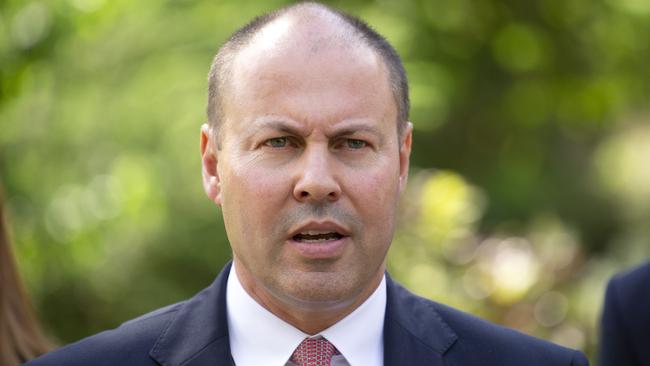
Welfare payments could be streamlined into a single payment for unemployed Australians receiving up to a dozen other supplements or subsidies under a proposal being considered by the Morrison government as it maps out options for a permanent rise in the JobSeeker rate.
The Australian understands an option flagged at a meeting of the expenditure review committee of cabinet last week was a significant reform package to accompany any increase to the dole when the $150-a-fortnight coronavirus supplement expires at the end of March.
It comes as new JobKeeper data to be released on Monday shows while 2.3 million workers moved off JobKeeper in December in another sign of economic recovery, Victoria lagged behind other states in its road back from the pandemic.
Both COVID-19 support programs are due to expire at the end of March, but with the government under pressure to lift the permanent base payment for JobSeeker, which is at $565 a fortnight for a single non-renter with no dependants, a senior government source confirmed that a streamlined dole payment was being considered that would scrap a long list of other low-value legacy supplements available to the unemployed and roll them into a single increased payment that would leave them better off.
Any permanent lift in the base rate would likely favour those now receiving the maximum benefits from JobSeeker, with those claiming only partial entitlements due to other income sources receiving less of a boost. While no final decision has been made on the future of JobSeeker, the reform option would address the recommendations of the 2014 McClure review that sought to overhaul the payment system by scrapping more than 20 supplements and replacing them with four new well-targeted payments.
While previous reforms in 2018 went part of the way, many recipients of JobSeeker, which replaced the Newstart Allowance last March, were still eligible for a long list of obscure supplements including the pharmaceutical allowance, telephone allowance, literacy supplement and utilities allowances which ranged from as little as $4 a fortnight.
Every JobSeeker recipient also receives the fortnightly energy supplement.
High value payments such as rent assistance and family tax benefits accessed by up to half of all JobSeeker recipients would likely stay under any reform plan.
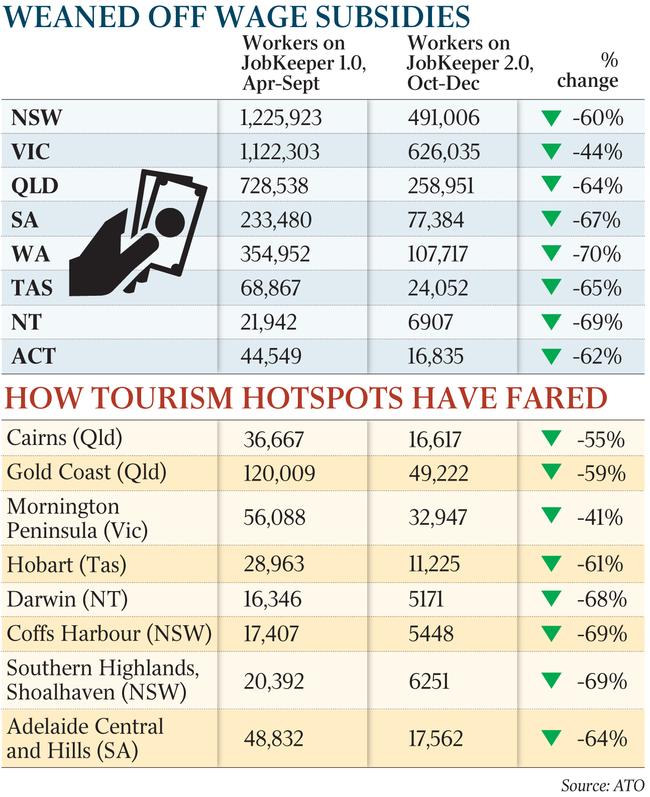
Josh Frydenberg on Monday will release new Australia Taxation Office data showing more than 2.13 million Australians had moved off JobKeeper payments by the end of December.
Despite states and territories recording reductions of between 44 and 70 per cent in JobKeeper recipients — with Victoria the worst-performing state — concerns remain over industries and regions struggling with the impacts of international border restrictions.
Regional economies heavily reliant on international tourists continue to recover at a slower pace, with JobKeeper recipients on the Gold Coast and in Cairns falling by 59 and 55 per cent.
The Australian understands the ERC is yet to land on a decision around injecting a reform package into a permanent dole increase to make the process simpler for recipients or settling on a single hike in the rate. Any reforms, however, would ensure most of those on welfare payments were better off.
Scott Morrison last week said the government was considering its options following calls from welfare lobby groups, backed by the Reserve Bank, for a permanent increase to the underlying rate of JobSeeker when the COVID-19 supplement ended on March 31. The supplement is currently paid at a rate of $150 a fortnight after being scaled back from $550.
In his National Press Club speech this month, the Prime Minister said the government’s “timely, scalable and targeted” economic response would continue using “existing delivery mechanisms … to avoid mistakes and delays of the past”.
Treasury secretary Steven Kennedy last week told the Senate’s COVID-19 committee that they had presented a range of options to government.
Amid debate over whether the dole should be permanently increased, Dr Kennedy said consideration on whether to return payments to $40 a day was “much more about the decision government needed to make about adequacy of the payment and how it intersects with incentives to work”.
ATO data reveals 2.13 million Australians and 520,000 employers graduated from JobKeeper between September and December. With just under 1.54 million Australians still receiving wage subsidy payments at the end of December, down from a peak of 3.6 million in September, the government has turned its focus on post-JobKeeper support packages likely to be finalised by the end of the month after analysing January JobKeeper data.
ATO data showed Western Australia recording the largest drop in JobKeeper recipients comparing phase one and phase two payments, down 70 per cent by the end of last year to 107,717.
NSW recipients fell by 60 per cent to 491,006, Queensland dropped 64 per cent to 258,951, and South Australia reduced by 67 per cent to 77,384. The number of JobKeeper recipients in Victoria, which was hit by a second wave
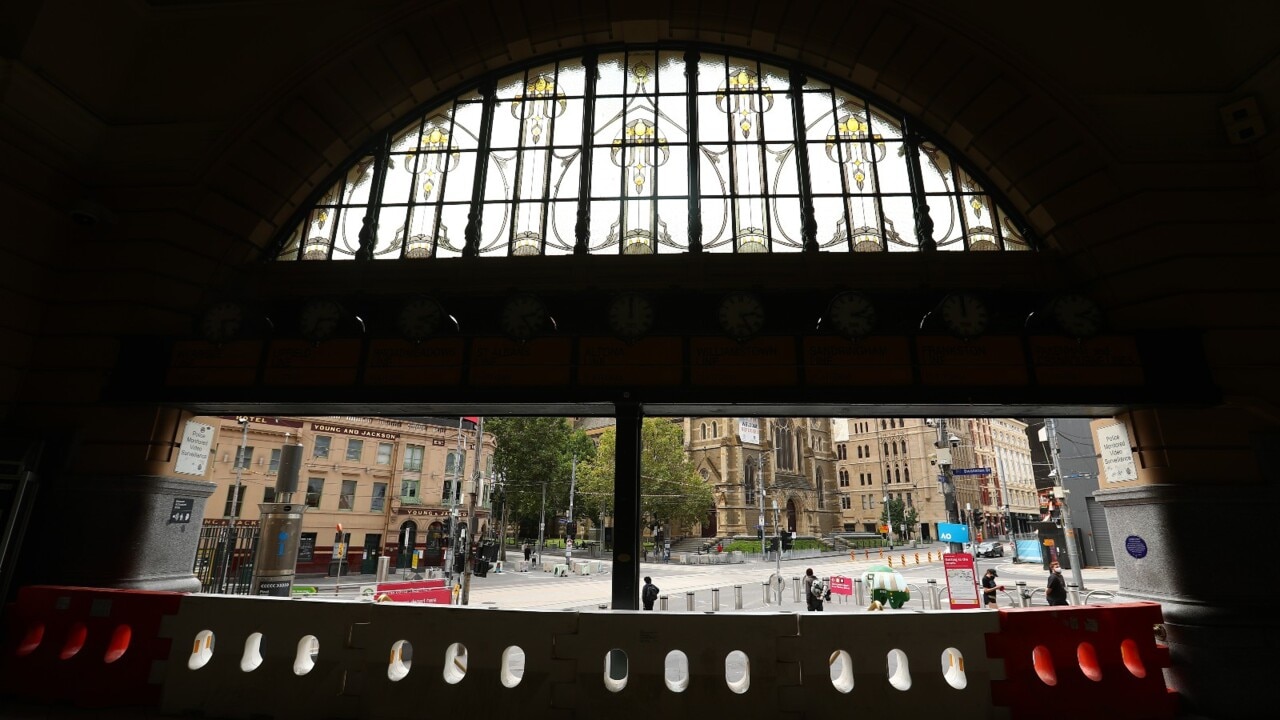
of coronavirus infections last year, fell by 44 per cent to 626,035.
As states and territories relaxed COVID-19 restrictions and border closures, reliance on JobKeeper has eased across key industries, including retail, accommodation, construction, education and transport.
In retail, the number of employees on JobKeeper dropped by 68 per cent, down from an average of 323,000 (or 26 per cent of the workforce) over the first phase to an average of 104,000.
JobKeeper recipients fell 52 per cent in accommodation and food services, 48 per cent in construction, 50 per cent in education and training, and 36 per cent in transport, postal and warehousing.
The Treasurer said the government remained focused on “getting people back into work”, with more than 785,000 jobs created in the past seven months.
More than 90 per cent of the 1.3 million jobs lost during the pandemic have been restored, with the RBA expecting the unemployment rate had peaked and would reach 6 per cent by the end of the year and about 5.25 per cent by mid-2023. With 320,000 jobs created since September, Treasury expects strong labour force growth will continue as welfare support payments taper off.
“With our economic recovery well under way, we have more than half a million businesses employing more than two million Australians graduating off JobKeeper,” Mr Frydenberg said.
ACTU secretary Sally McManus on Sunday called for JobKeeper payments to be extended for as long as the pandemic continued. She said wage subsidies should continue beyond the March cut-off to support regions which have been “smashed”.
Opposition Treasury spokesman Jim Chalmers said post-pandemic jobs would be “central to the type of economy we have into the future”.

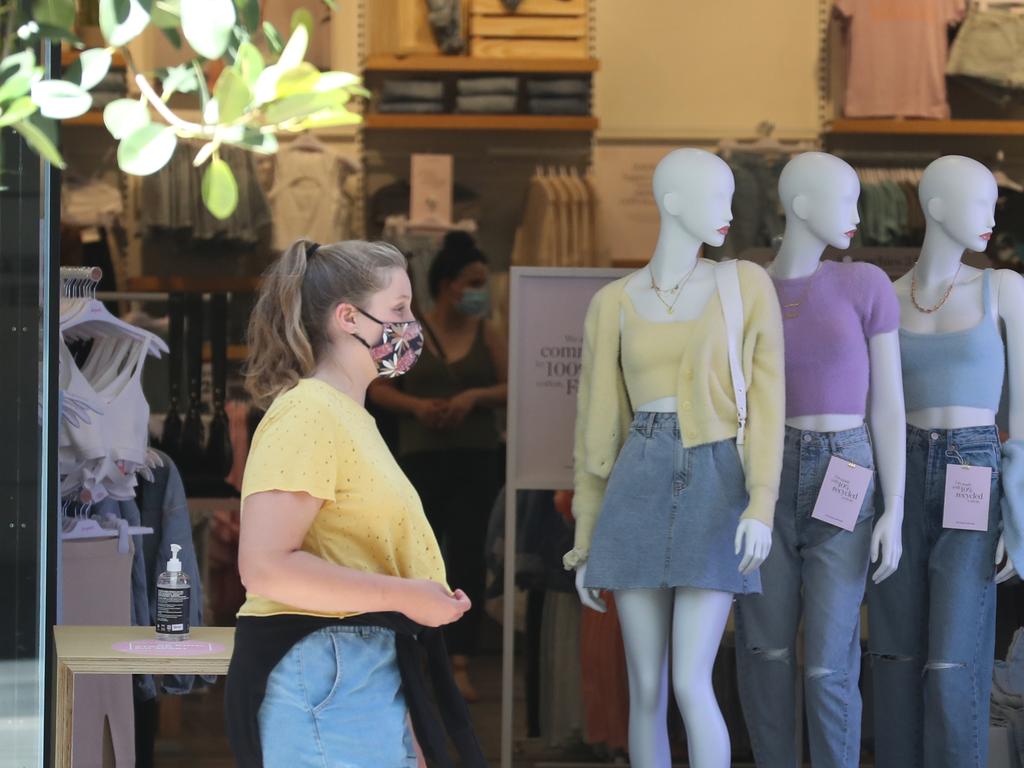
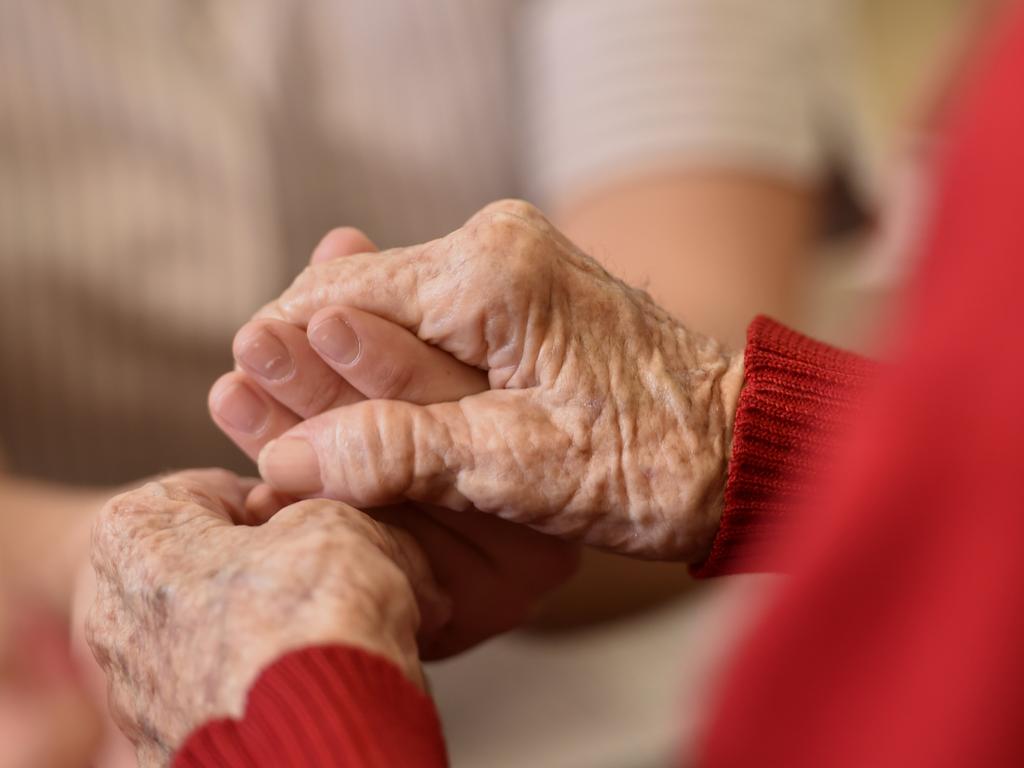
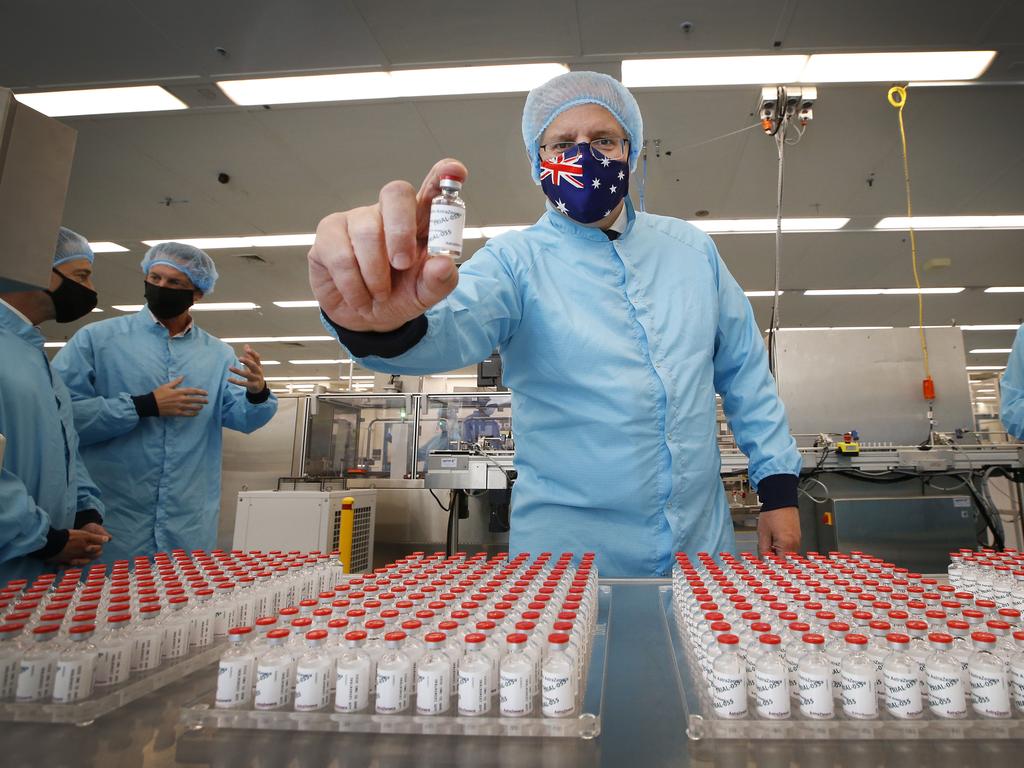



To join the conversation, please log in. Don't have an account? Register
Join the conversation, you are commenting as Logout